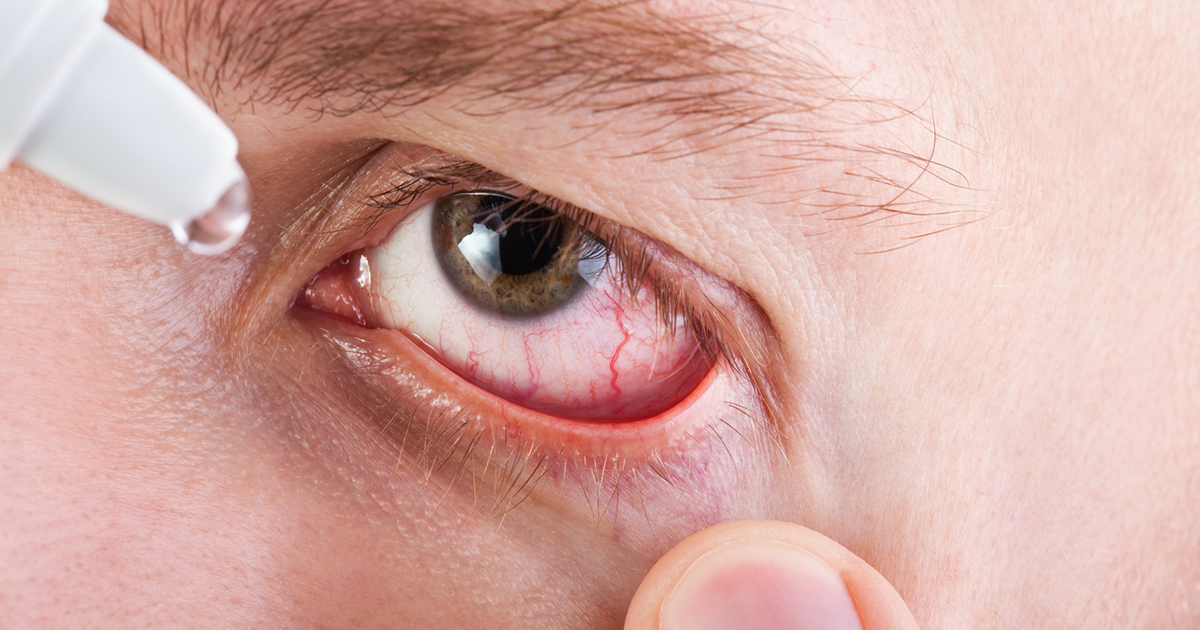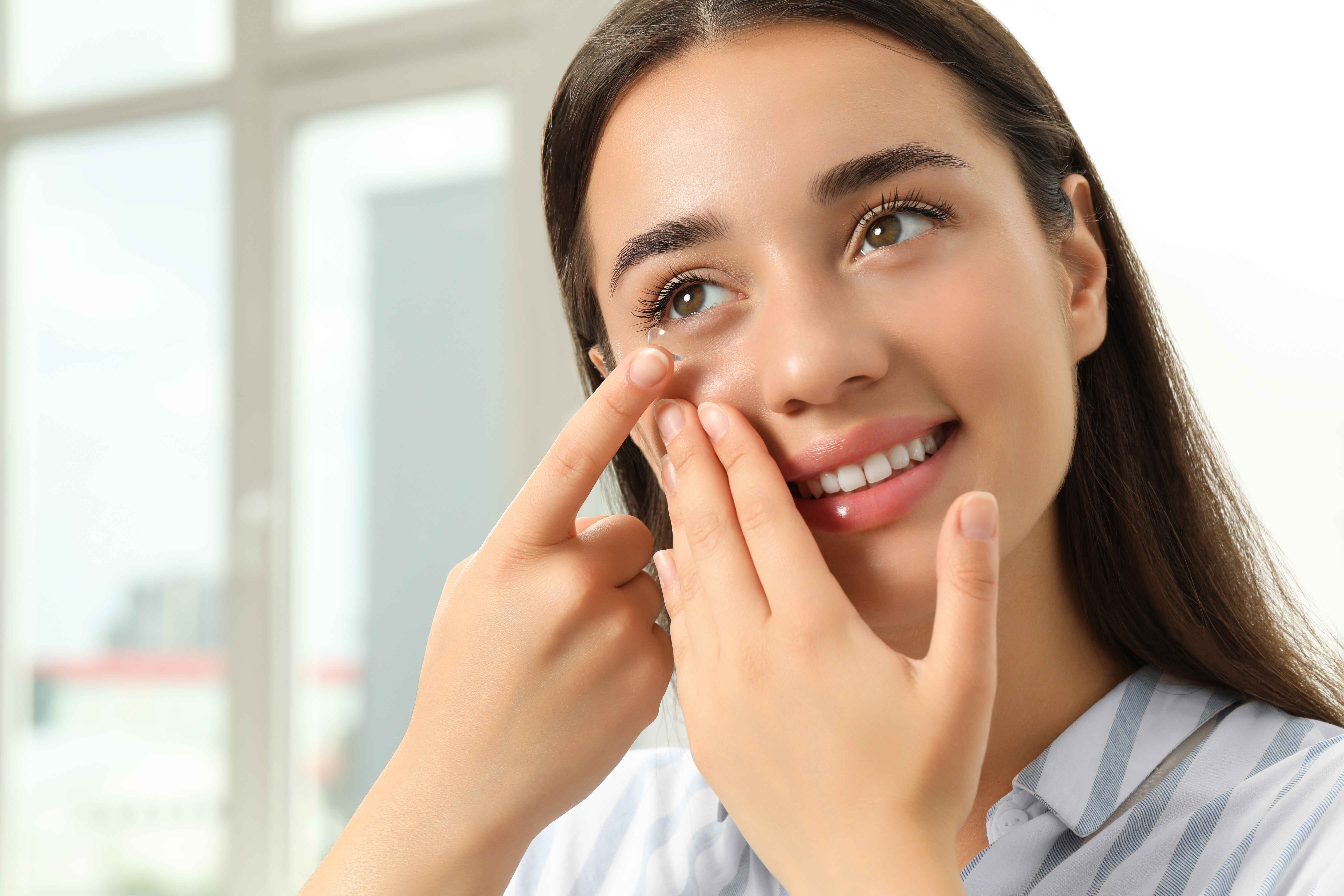Ah, spring is in the air!
This means flower buds and blooming trees — and if you’re one of the millions of people who have seasonal allergies, it also means sneezing, congestion, a runny nose, and watery, bloodshot eyes!
Seasonal allergies — also called hay fever and allergic rhinitis — can make you downright miserable. Sometimes, they’re mistaken for the common cold. But if it’s spring, summer or fall, the culprit may very well be those pesky pollens.
During certain times of the year, outdoor molds release their spores, and trees, grasses, and weeds release tiny pollen particles into the air.
The term hay fever is somewhat misleading, though. Allergy symptoms don’t just occur in the summer when hay is gathered, and never include a fever. Instead, these reactions occur due to various pollens and grasses, depending on the season:
Spring: Usually trees (such as oak, elm, maple, alder, birch, juniper, and olive)
Summer: Grasses (such as Bermuda, timothy, sweet vernal, orchard, and Johnson grass) and weeds (such as Russian thistle and English plantain)
Fall: Ragweed
Different parts of the country also have very different pollen seasons. In the western United States, mountain cedar is one of the main sources of tree pollen from December to March. In the Southwest, grasses pollinate for much longer, while in the fall, pollen from weeds (like sagebrush and Russian thistle) are usually the culprit.
People may react to one or more pollens, so their pollen allergy season may go from early spring to late fall (sounds like a really long time, right?). It is! But that doesn’t mean you need to resign yourself to misery until wintertime.
There are lots of ways to get relief from seasonal allergies so you can still function — and enjoy the beautiful weather and the great outdoors!
Some people find that changes to their diets (eliminating or decreasing intake of inflammation-causing foods, like sugar, dairy, wine, spicy foods, and even tomatoes!) can make a world of difference, and help stop those allergy flare-ups in their tracks.
Conventional options (over-the-counter or doctor-prescribed) include:
- Corticosteroid nasal sprays
- Antihistamines
- Decongestants
- Eye drops
- Allergen immunotherapy
If you’re looking for a drug-free way to get some allergy relief, one simple (and by many accounts, extremely effective) at-home treatment is nasal irrigation.
This may sound daunting, but it’s simply just flushing out your sinuses with a warm saline solution every day. This helps loosen and wash out mucus, while also hydrating the nasal lining. The solution is easy to make at home with a few supplies:
- Boiled water (never use water right from the tap — it must be boiled first, then cooled!)
- A neti pot or squeeze bottle
- A salt and baking soda solution (store-bought or homemade)
Of course, some days it’s best to simply avoid the triggers themselves by taking these practical steps:
- On dry, windy days, you might want to stay inside, as pollen and other allergens will be high. The best time to get outside is actually after a good rainfall, which helps clear pollen from the air.
- Avoid hanging your laundry outside because pollen will stick to towels, sheets, and clothes (yuck!).
- If you can, delegate the lawn mowing and garden chores to someone who doesn’t have bad seasonal allergies, especially on high pollen days!
We hope these tips help you get some much-needed allergy relief this year and help you actually enjoy spring, summer, and fall!
 [formlift id=”657″]
[formlift id=”657″]

























































